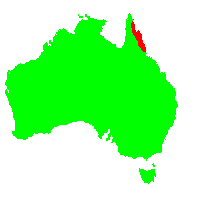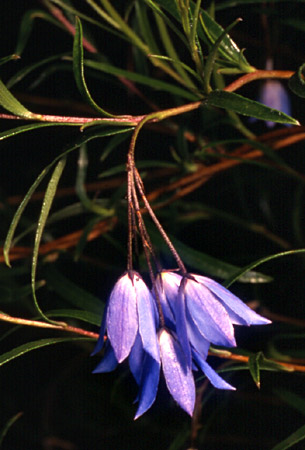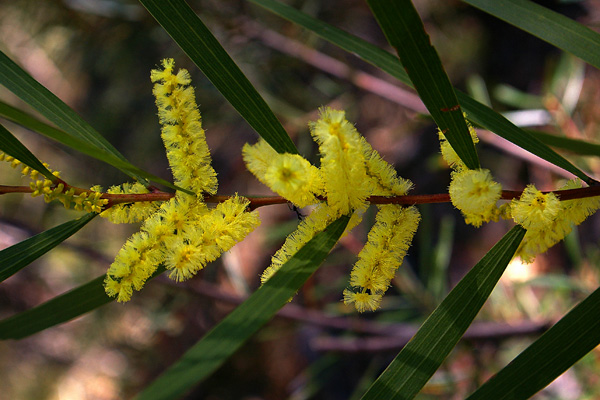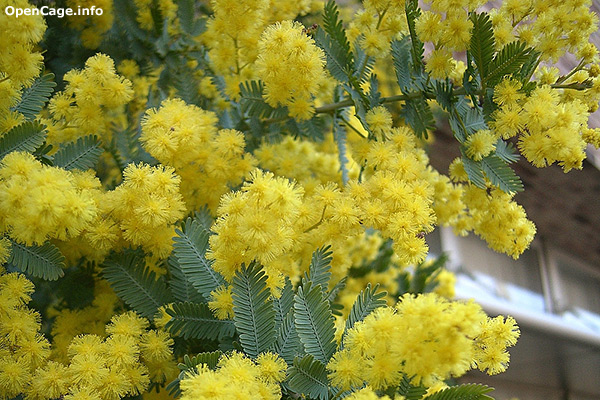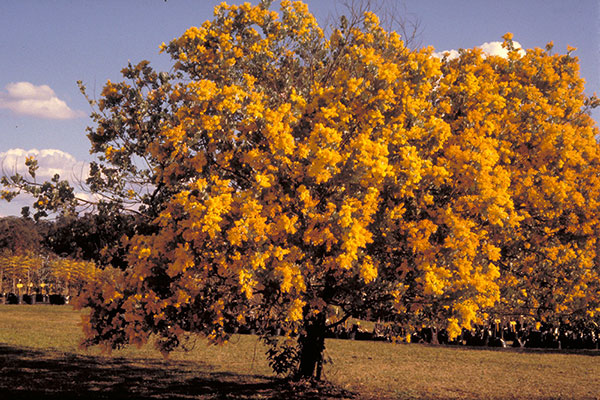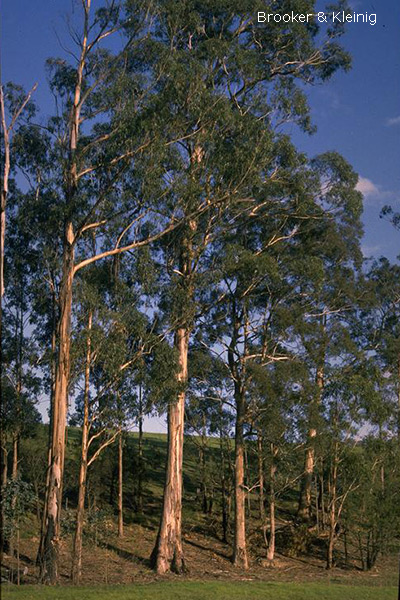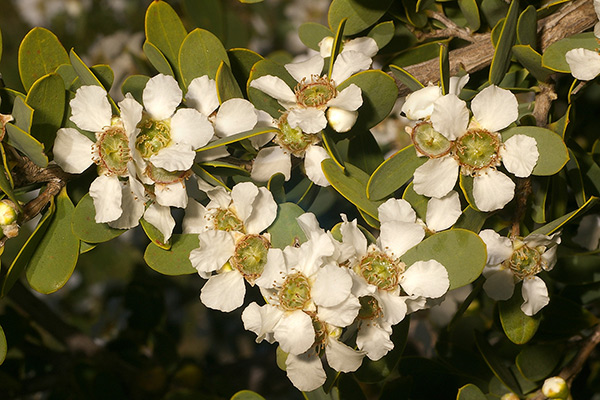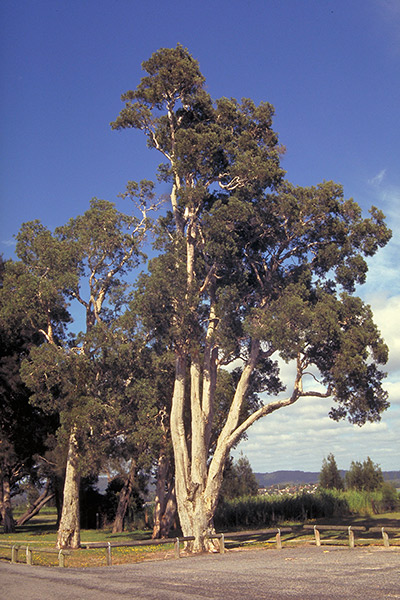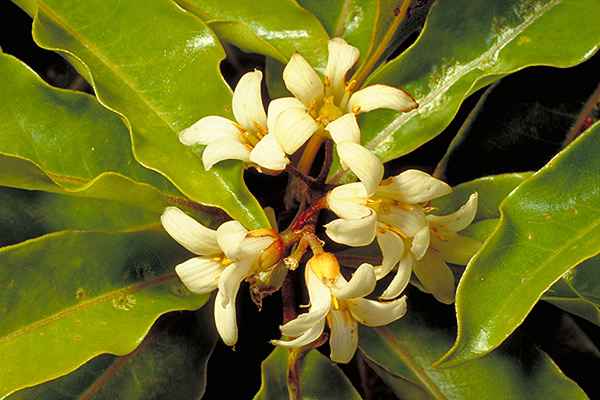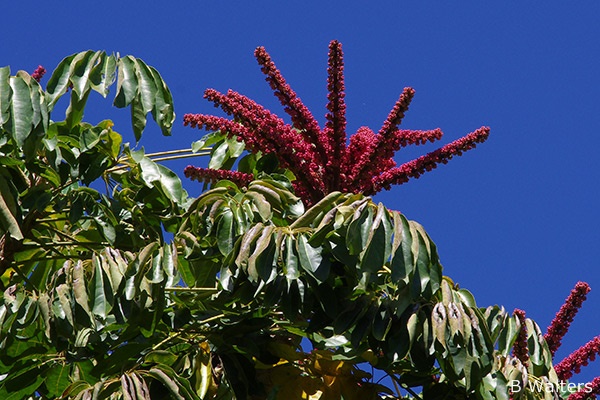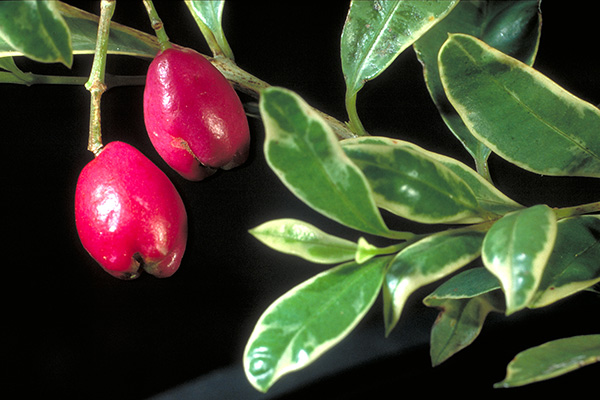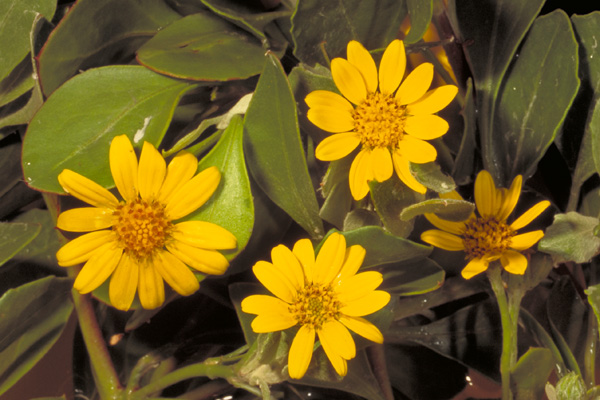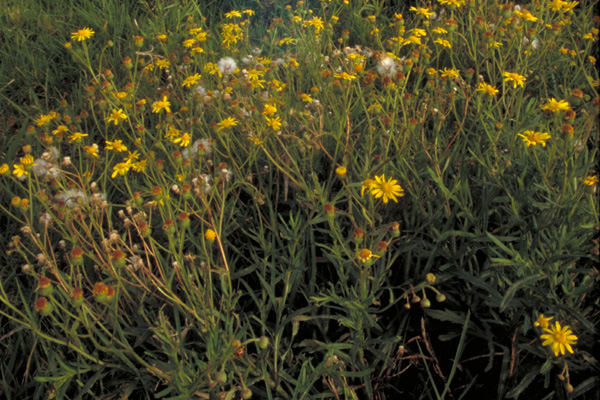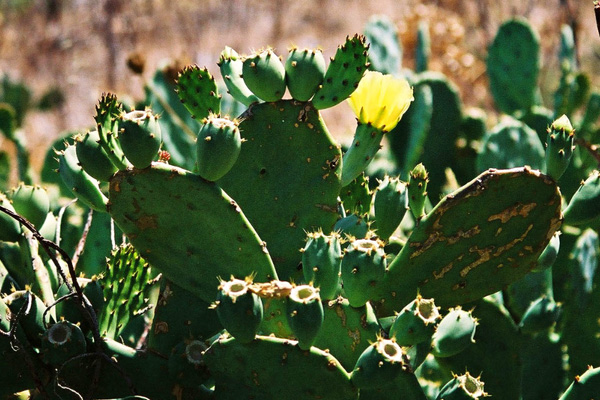General Description:
Melicope is a large genus of more than 200 species occuring in the Pacific islands, Asia, Australia and New Zealand. There are 15 species in Australia. The genus is a member of the Rutaceae family, which includes the boronias and correas as well as citrus fruits, some of which also reach in Australia.
Melicope rubra (formerly Evodiella muelleri) is generally a small, grey-barked large shrub or small tree to about 6 metres with glossy green, trifoliate leaves up to 75 mm long. Clusters of bright pink flowers occur along the branches during summer and these are followed by green, citrus-like fruits which grow to about 30-40mm in length and breadth. Birds such as lorikeets and honeyeaters are said to be attracted to this plant. In addition it is one of the food trees for the Ulysses butterfly.
This is a lovely plant which is not seen often in cultivation. As it occurs in both lowland and highland forests, this would suggest that the plant can tolerate a fairly wide range of climates. It can certainly be grown as far south as Wollongong on the central New South Wales coast, but the climate there is fairly mild due to the proximity to the ocean. This, coupled with a warm micro-climate in the garden, makes cultivation of the plant easy. In more exposed sites or inland areas subject to frost, the plant does suffer greatly. Enriching the soil with organic material is also beneficial. The plant will grow and flower in shady and sunny locations.
Propagation is best from fresh seed. Cuttings may succeed but there is little data on that means of propagation.
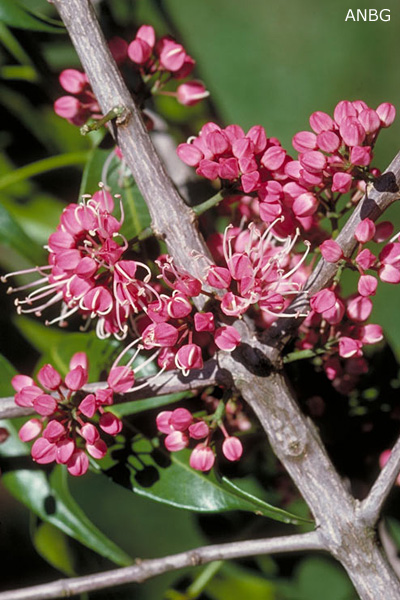
Melicope rubra
Photo: Unknown – Australian National Botanic Gardens
 Australian Native Plants Society (Australia)
Australian Native Plants Society (Australia)